Like all cucurbits, pumpkins are monoecious, which means that each plant bears either all-male or all-female flowers. Therefore, pollinators are necessary to move pollen from the flowers of one plant to another. Enter the mighty squash bee!
The diminutive, half-inch long squash bees emerge in early July, just as their favorite plants begin to flower. Early risers, they feed at dawn, just as the flowers are first opening (they’ll close by midday, so time is of the essence!)
Both sexes drink nectar, but females rely entirely on squash pollen to feed their young. This pollen is relatively large and sticky, and adheres well to the squash bee’s hairy body.
Faster than a speeding bullet? At least, faster than a honeybee. Their highly efficient foraging schedule and hairier body makes them a squash super-hero! And when their workday is done, you could find a male snoozing inside a closed-up flower. Pollinating is hard work!
Squash bees are solitary and ground nesting; they build shallow tunnels, often in the bare, packed soil right beneath the plant. They’ll overwinter there, so exercise caution--tilling will disturb or destroy the nest.
Happy Halloween!
Author: Lisa Schneider
Photo: bugguide.net

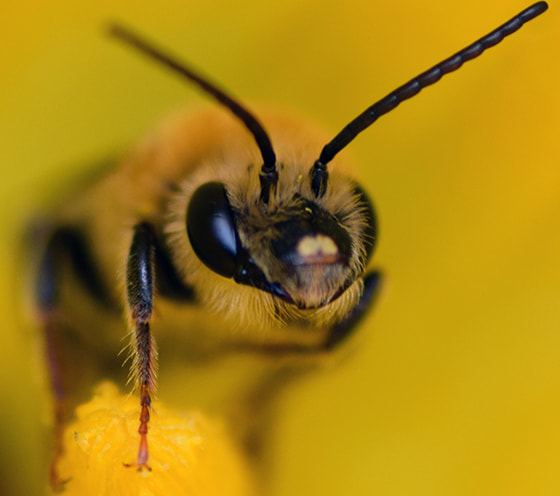
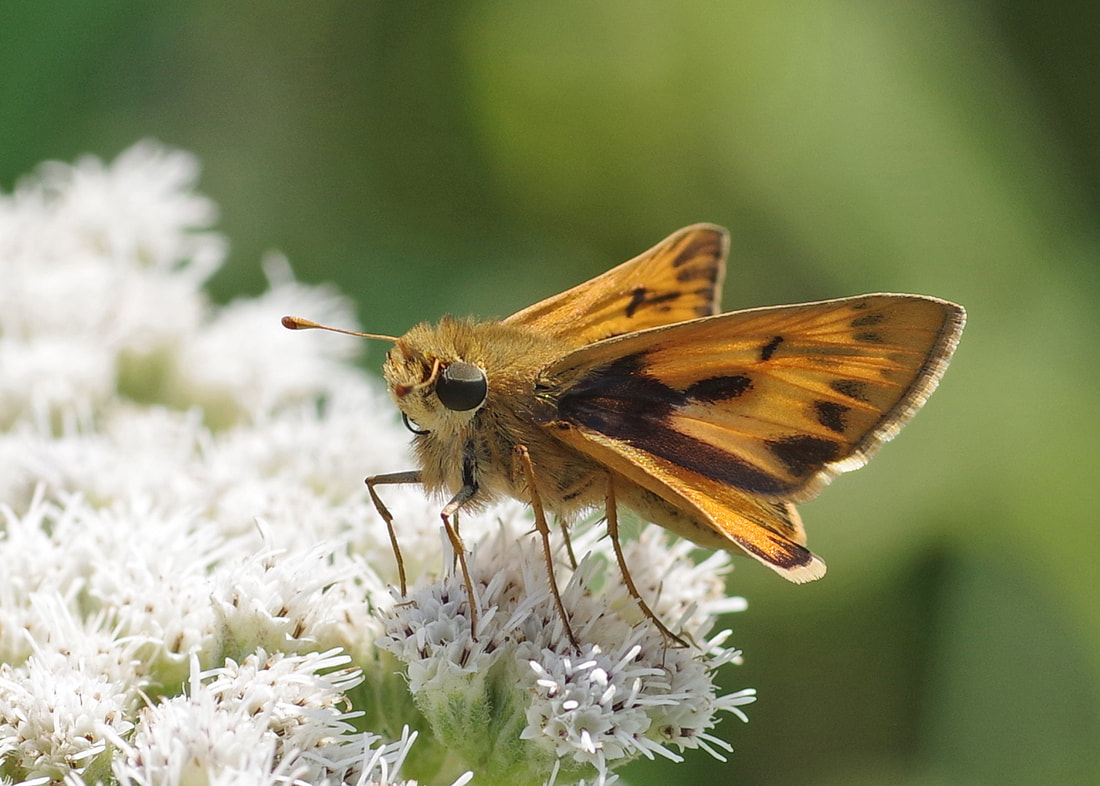
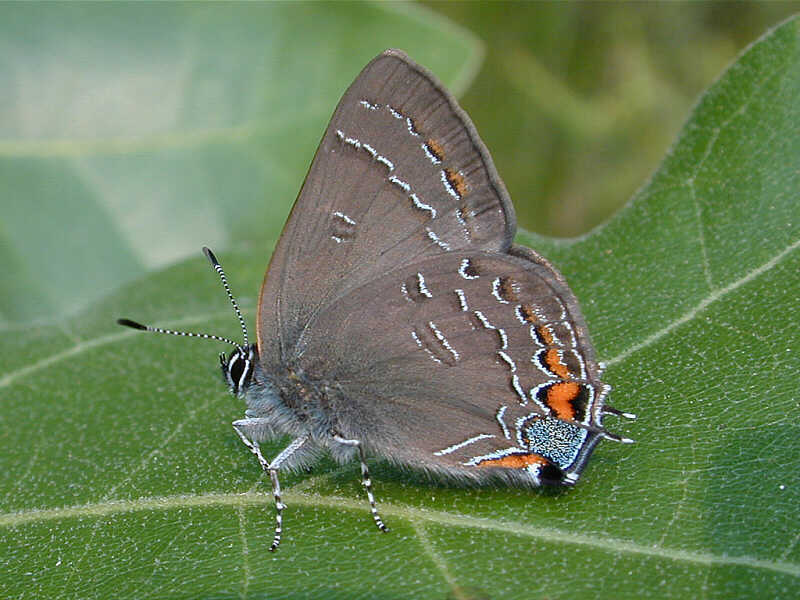
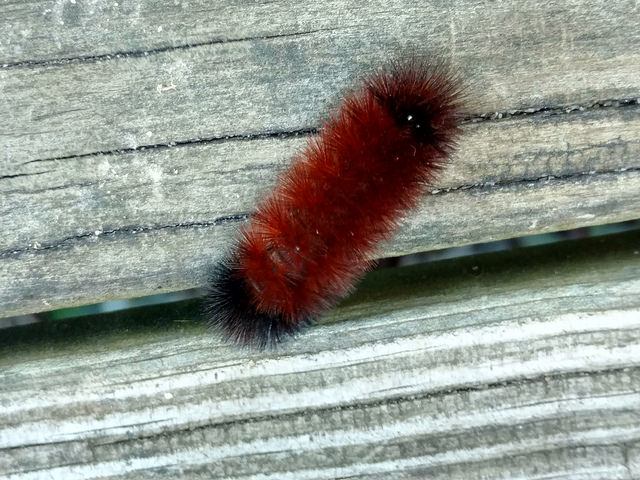
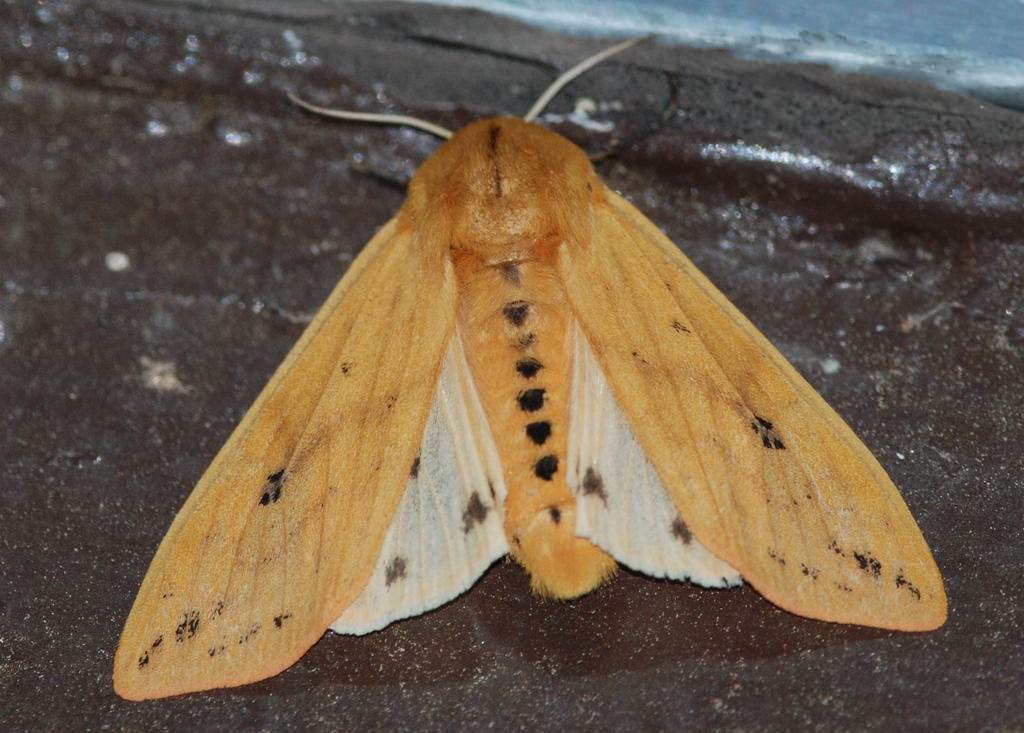
 RSS Feed
RSS Feed